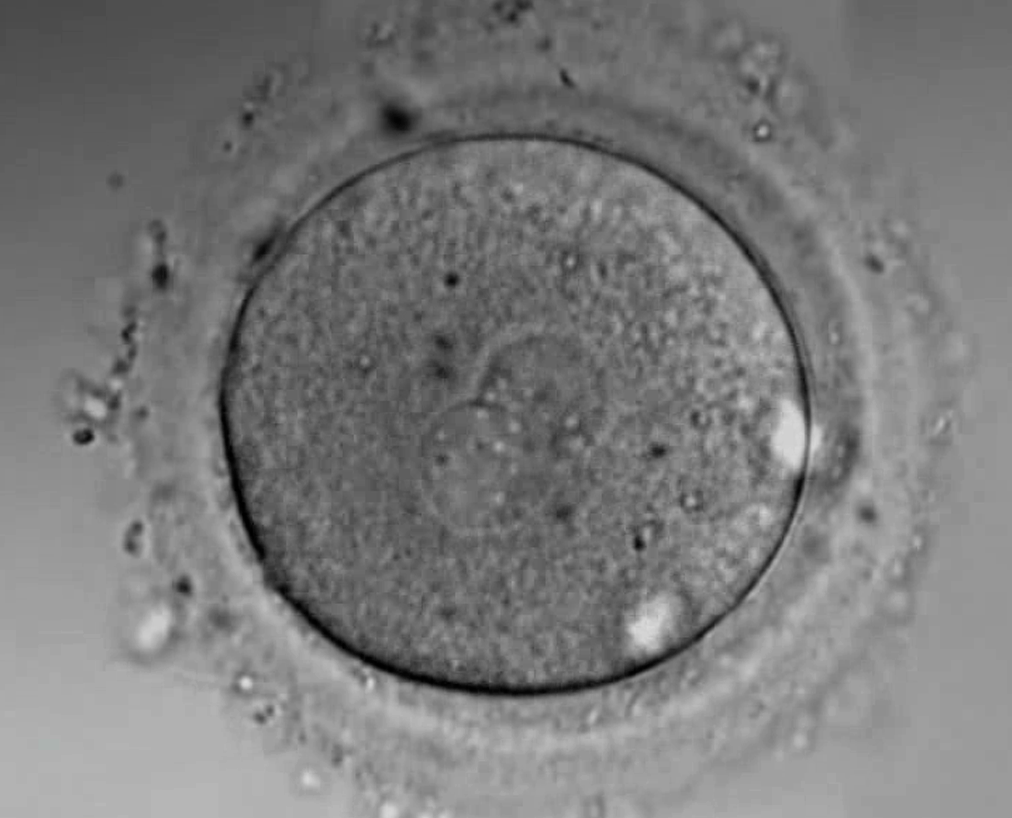




Fertilization is a sequence of biological events which allow the genetic material contained in the sperm cell to enter the egg in order to produce an embryo. As it can be seen in the image on the right, the so-called “zygote” is the egg which now contains two packages of chromosomes (one from each progenitor).
There are two ways of achieving in vitro fertilization: one is spontaneous, that is, making it possible for the sperm cell to penetrate the egg using natural mechanisms. That is, the sperm cell uses its own energy and motility to have direct contact with the egg.
The other mechanism is ICSI (Intracytoplasmic Sperm Injection), in which, under microscopic guidance, with a micro pipette, one sperm cell is injected into the egg. ICSI was developed for conditions in which the sperm cannot enter on its own; however, nowadays most procedures are ICSI, even though there may not be a determining male factor.
As seen in Figure 4, at each age studied, the probabilities of pregnancy and delivery are the same with IVF and ICSI. Some centers are more used to one technique and, unless there are biological conditions hindering spontaneous fertilization, there are no reasons to force one technique over the other.
Figure 4. Comparison of pregnancy and delivery rates after IVF and ICSI.

